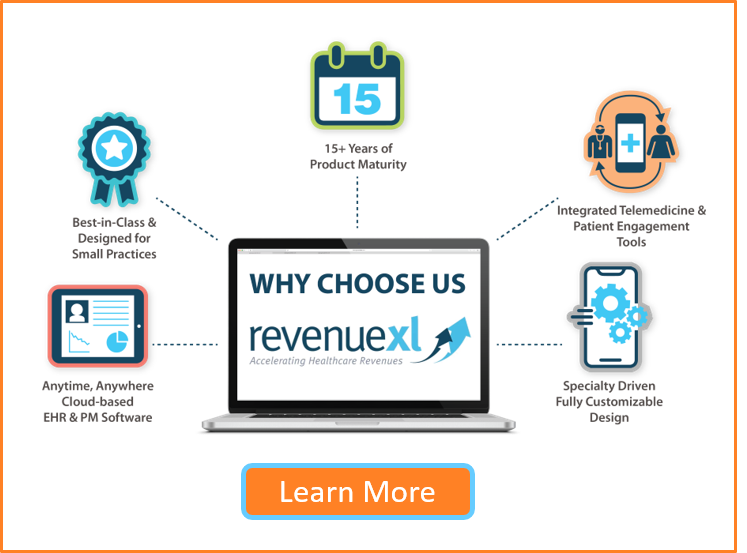Introduction
In today’s dynamic healthcare environment, Revenue Cycle Management (RCM) is central to financial health. Technology plays a transformative role, simplifying workflows, reducing claim errors, and enhancing revenue capture. Tools such as automation, AI-driven analytics, cloud computing, and data analytics are redefining RCM by improving efficiency and minimizing bottlenecks throughout the revenue cycle (What is Revenue Cycle Management?).
1. Automation and Robotic Process Automation (RPA)
Automation reduces repetitive manual tasks, such as eligibility verification, claims submission, and payment posting. Robotic Process Automation (RPA) ensures greater accuracy and efficiency, particularly in high-volume administrative workflows.
By leveraging medical billing software (explore here), healthcare providers can automate claims submission, track payments, and minimize errors. Additionally, automation tools integrated into denial management strategies (read more) help resolve claim denials faster, reducing revenue leakage.
2. Artificial Intelligence (AI) and Machine Learning (ML)
AI and ML tools analyze historical data to predict claim denials, identify trends, and enhance financial forecasting. Predictive analytics can flag high-risk claims before submission, reducing the likelihood of denials (learn how to reduce claim denials).
AI-powered systems also play a crucial role in improving patient data interoperability (understand interoperability here), ensuring accurate and real-time data exchange between billing and clinical platforms.
3. Cloud-Based RCM Platforms
Cloud-based platforms offer secure, scalable, and real-time access to financial data across multiple devices and locations. These systems integrate seamlessly with practice management software (find out more), enhancing billing workflows and administrative efficiency.
Cloud technology supports interoperability standards (explore details), allowing financial and clinical data to flow seamlessly across systems, improving billing accuracy and reducing claim errors.
4. Data Analytics and Business Intelligence (BI)
Advanced data analytics tools help practices monitor critical metrics, such as claim denial rates, days in accounts receivable, and payment collection efficiency. These insights enable healthcare providers to identify revenue bottlenecks and optimize billing workflows (learn more).
Analytics tools integrated with practice management software (see how) allow administrators to make data-driven decisions, improving financial outcomes and reducing inefficiencies.
5. Enhancing Patient Engagement Through Technology
Patient engagement tools, such as patient portals, automated reminders, and secure online payment systems, significantly impact revenue collection and patient satisfaction.
For instance, patient portals (discover benefits) allow patients to track billing, schedule appointments, and make secure online payments. Similarly, automated appointment reminders minimize no-shows, improving cash flow and resource utilization.
6. Interoperability: The Backbone of Modern RCM
Interoperability ensures smooth data exchange between Electronic Health Records (EHR), billing systems, and administrative tools. Seamless integration reduces data entry errors and improves claim acceptance rates (understand interoperability).
With interoperable systems, practices can also improve denial management workflows (explore strategies), ensuring claims are processed efficiently and reimbursement delays are minimized.
7. Cybersecurity in Revenue Cycle Management
As reliance on digital platforms grows, cybersecurity has become a top priority in revenue management. Advanced cybersecurity measures in medical billing software (see key features) safeguard patient financial data against breaches and cyber threats.
Secure systems reduce compliance risks and protect patient trust while ensuring uninterrupted revenue cycle operations.
8. The Future of Technology in RCM
Emerging technologies such as blockchain, AI-powered analytics, and real-time payment systems are reshaping RCM. Blockchain offers secure and transparent financial transactions, while AI-powered analytics prevent claim denials by identifying anomalies early in the billing process (read more strategies).
Real-time payment systems are also gaining traction, offering faster reimbursement cycles and improving cash flow efficiency.
9. Strategic Considerations for Adopting RCM Technology
When adopting new RCM technologies, healthcare providers should prioritize:
- System Integration: Ensure seamless compatibility with EHR and billing platforms.
- Vendor Reliability: Choose trusted providers for ongoing support.
- Scalability: Implement solutions that can grow with practice needs.
- Staff Training: Equip teams with skills for smooth technology adoption.
A phased adoption approach reduces disruptions and maximizes long-term benefits.
Conclusion
Technology is now indispensable in Revenue Cycle Management (RCM). From AI analytics and cloud platforms to automated billing systems and patient engagement tools, modern technology ensures precision, reduces administrative burden, and enhances financial stability.
By adopting the right solutions, healthcare providers can minimize claim denials, accelerate payments, and focus on delivering quality care to their patients.
For further insights:
- What is Revenue Cycle Management?
- Medical Billing Software
- Practice Management Software
- Interoperability in Healthcare
- Denial Management Overview
- Reducing Claim Denials






